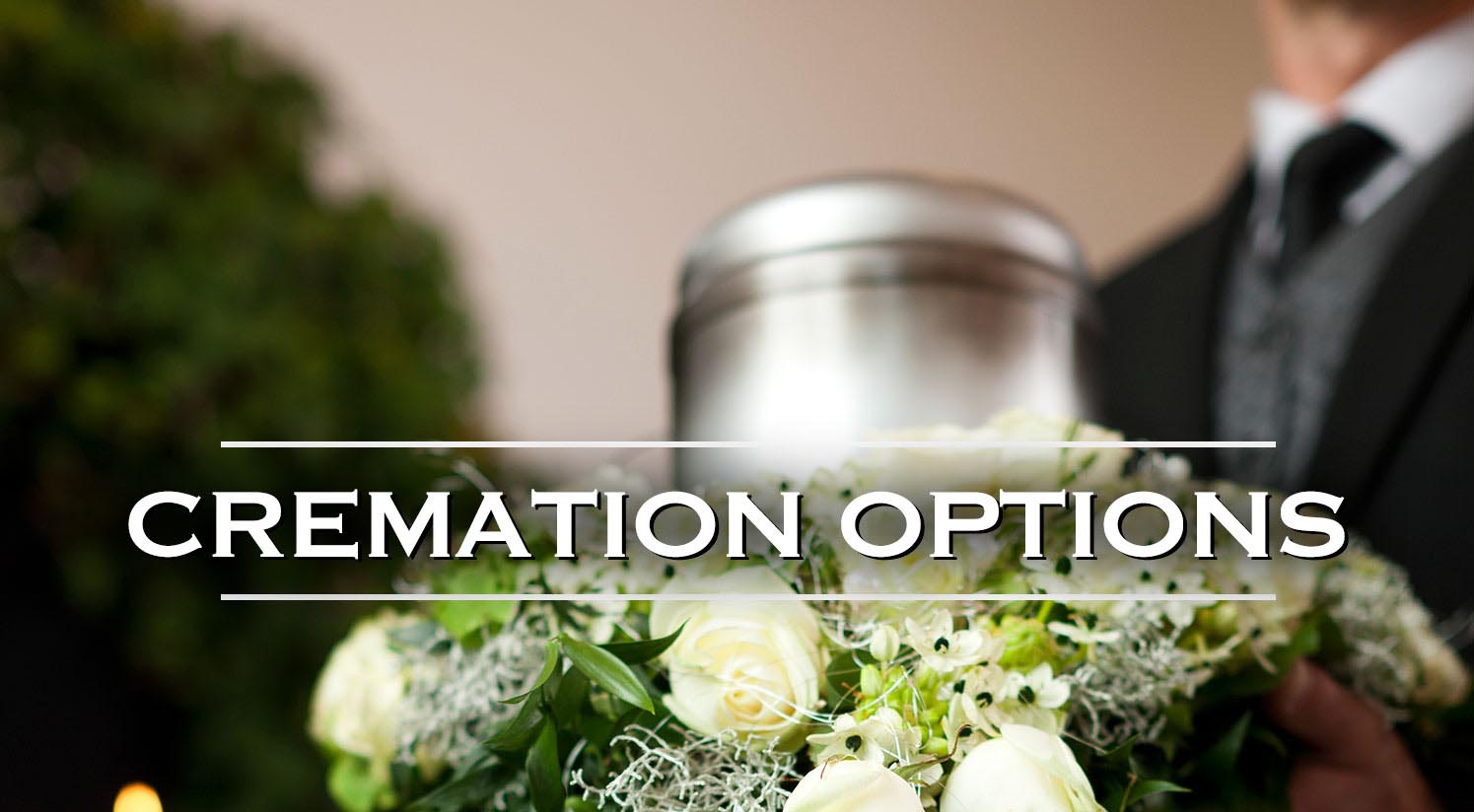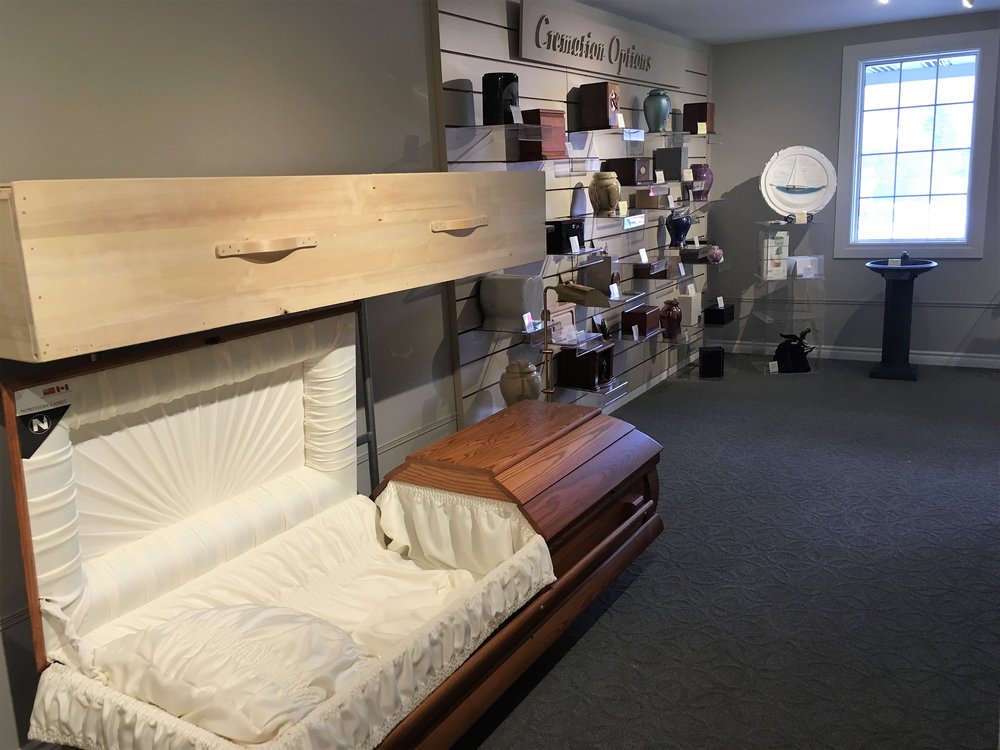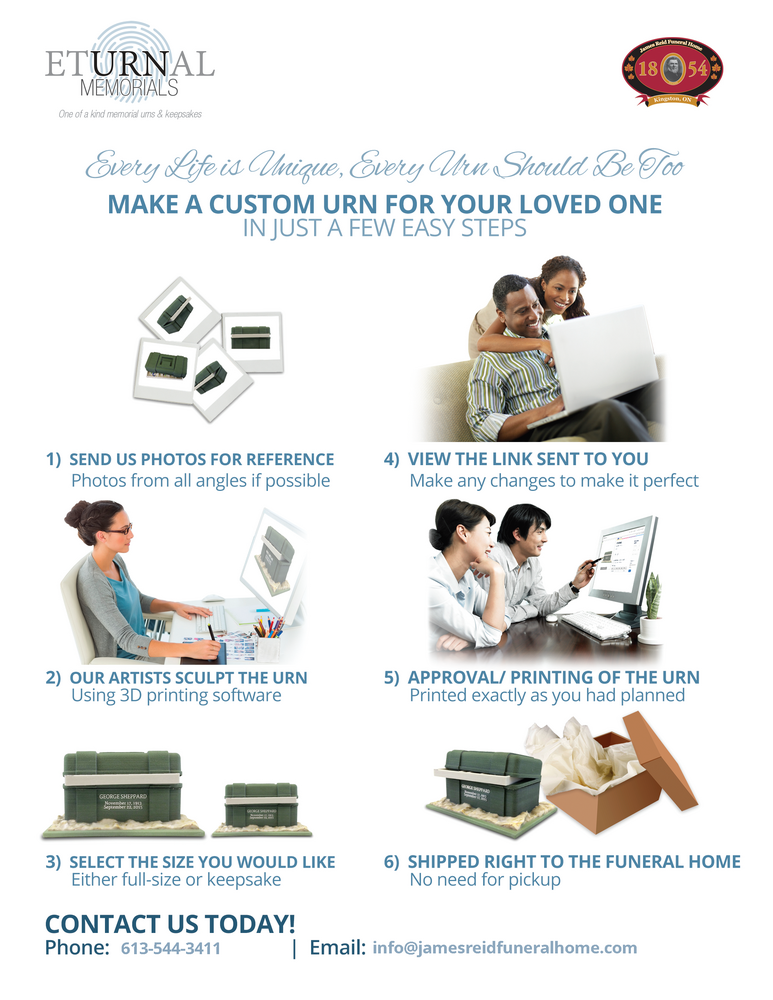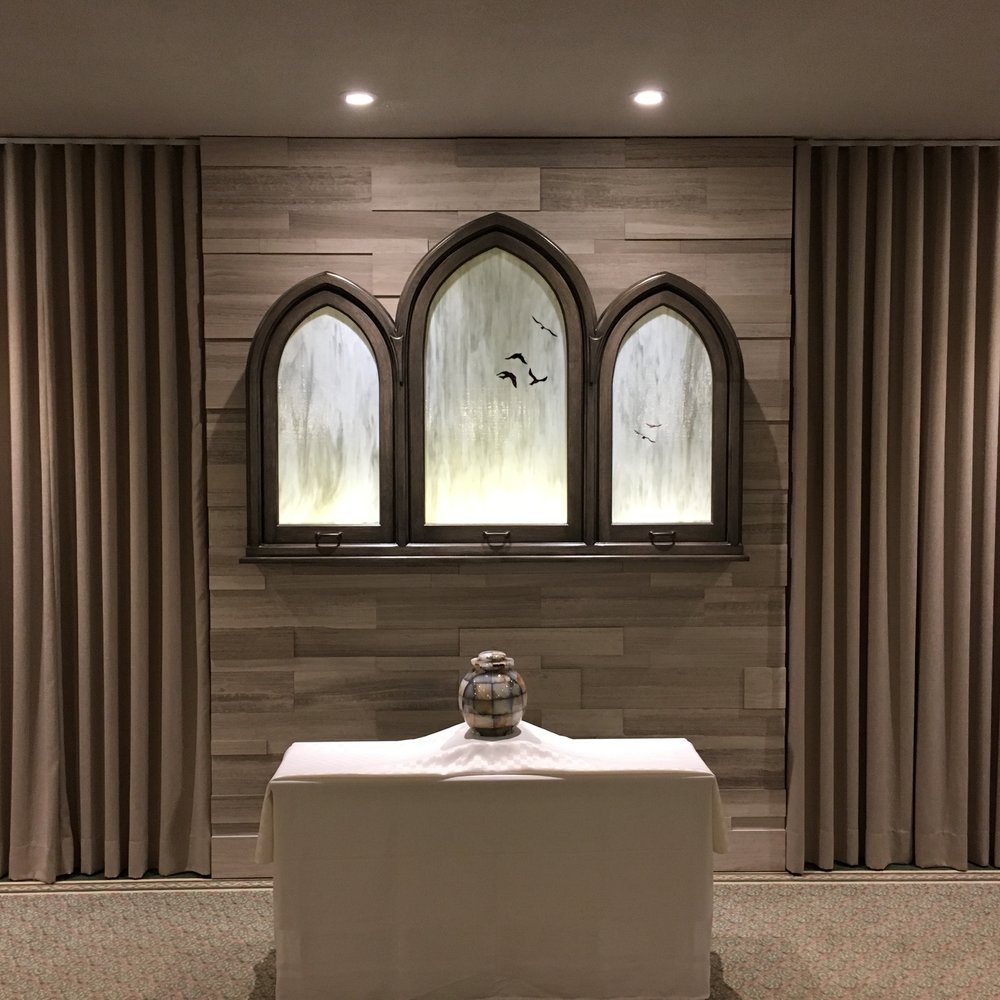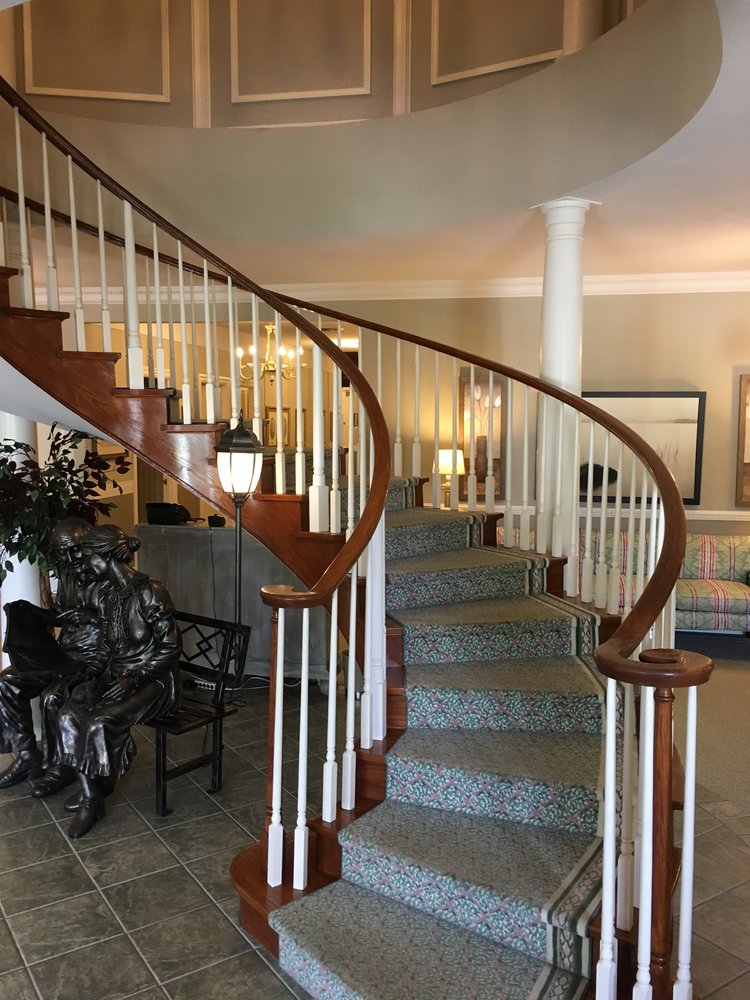Cremation FAQ
Is Cremation Environmentally Responsible?
Not at all crematoriums. Our Crematorium was built in 2014 and follows high environmental standards, monitored by the Ministry of the Environment. Our crematorium creates almost no emissions, unlike older crematoriums. Ours creates no smoke, no harmful toxins, no unhealthy byproducts other than CO2 from the natural gas used as fuel, approximately $4.00 per cremation in Carbon Tax in January 2019.
What Does Cremation Cost?
Basic Cremation has increased in popularity, as has Cremation along with a Memorial Service or Celebration of Life, for many reasons, one of which is cost. Typically, cremation is less expensive than burial. There are coroner fees to authorize the cremation, municipal fees to register it; the casket or cremation container, the cremation itself; an urn to purchase if desired and possible costs of burial or inurnment of the cremated remains. "Family Time" goodbye time is included. Our "Simply JR" Basic Cremation costs are our lowest, competitive with transfer and cremation services.
Yet, cremation is not a type of funeral service. For years, people were cremated after a funeral service in their wood casket, which is still possible today. Now many people don't want to burn a nice casket, so are choosing a simple container for the cremation and then a nice urn that reflects the person. Gatherings of all sorts go along with cremation. Our pricelist is available at James Reid Funeral Home, and our funeral directors will give you a quote over the phone or by email and be happy to meet with you.
I'm Religious: Is Cremation Okay?
Some religions welcome cremation, while others forbid it. The Catholic Church had previously banned cremation up until 1963, and burial remains the preferred form of disposition today. In other Christian denominations, cremation was historically discouraged but is now more widely accepted. In eastern religions such as Hinduism, Jainism, Sikhism, and Buddhism, cremation is mandated. In Islam, it is strictly forbidden. Orthodox Jews also forbid cremation, while other sects of Judaism support cremation; however, burial remains the preferred option.
How can I be sure I receive the correct remains?
James Reid Crematorium has developed a rigorous set of operating policies and procedures in order to maximize the level of service offered. Since it is illegal to perform more than one cremation at a time, and the vast majority of crematories can only cremate one body at a time, it is next to impossible to receive the incorrect remains.
How long does the actual cremation take?
It all depends on the weight of the individual. For an average sized adult, cremation can take two to three hours at a normal operating temperature of between 1,000 and 2,000 degrees Fahrenheit.
What do the cremated remains look like?
Cremated remains resemble coarse sand and are whitish to light grey in color. The remains of an average sized adult usually weighs between three and six pounds.
Are all the cremated remains returned?
With the exception of minute and microscopic particles, which are impossible to remove from the cremation chamber and processing machine, all of the cremated remains are given back to the family.

